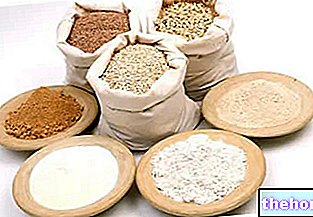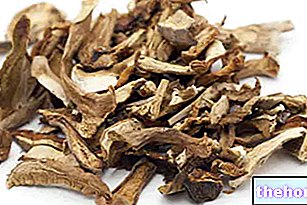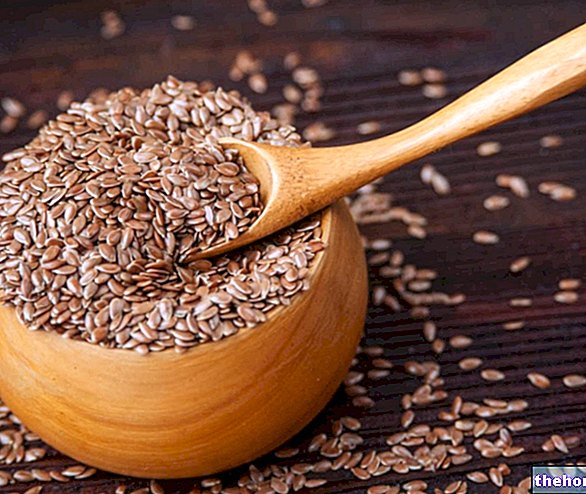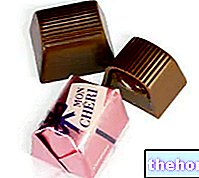Poppy seeds are the organ of propagation of the poppy, in botany Papaver.
"Poppy" is a generic name that indicates a group of herbaceous plants typical of the Mediterranean basin, or of the areas with a temperate / sub tropical climate, 30 to 100cm high and internally rich in latex.

Some poppies
In Italy the most common poppy is the Papaver rhoeas (also called "rosolaccio"), which grows spontaneously in the fields of grasses (such as wheat crops) and has no particular chemical and physical characteristics.
Globally, the best known (regarding its narcoleptic and medicinal properties) is the Papaver somniferum L. (White - Papaver somniferum var. Mill album.,) also called opium poppy; the latter uses the latex of the immature pericarp (capsules), which has high concentrations of drugs used in pharmacology for the production of morphine, heroin and opium.
NB. Of Papaver somniferum a quality is also grown from seeds blacks (Papaver somniferum var. glabrum Boiss., Papaver nigrum DC.) useful for food purposes (see below).
Another fairly well-known species is the Californian poppy or Escolzia, a plant of American origins that boasts pharmacological properties similar to those of the opium poppy but less effective, therefore also less dangerous.
Last but not least, the Papaver setigerum or more generically seed poppy or silk poppy; this is cultivated by virtue of the typical oily extraction (poppy seed oil) used above all in central-eastern Europe in the confectionery sector.

Poppy seeds in the Diet
Poppy seeds for food are mainly obtained from Papaver nigrum (black-seeded poppy) and dal Papaver setigerum (seed or silk poppy), two varieties deriving from the same botanical supply chain. Obviously, poppy seeds grown for food DO NOT contain the pharmacological principles of Papaver somniferum and their use is limited to the production of oil or roasting for general consumption.
... poppy seeds in history
Poppy seeds nigrum or setigerum they are black or blue and feature flowers with black (nigrum) or white petals spotted with purple or purple (setigerum); today, the cultivation of poppy seeds are marginal crops and the use of its food derivatives is limited to a niche consumption. However, in the past, poppy seeds have significantly contributed to the sustenance of the populations that used them, especially the ancient Romans.
As it can be deduced, thanks to the scarcity of technologies, both the movements and the conservation methods were once extremely limited, which is why the Empire acquired and learned notions of food or survival in every district it conquered and colonized.
The Romans only consumed poppy seeds and did NOT produce oil; they mixed them raw with honey as a condiment or toasted them as an ingredient in placenta mellita papavere, a refined and much appreciated dessert. It is curious to remember how the Romans attributed "tonic" and almost aphrodisiac properties to poppy seeds, which is why they envisaged their addition to the cocetum, a drink served to newlyweds before the "honeymoon".
On the contrary, the Gauls knew above all the poppy seed oil which they progressively spread throughout central Europe.

Nutritional aspects
Poppy seeds contain a low percentage of water, a high lipid fraction and complex carbohydrates, therefore a conspicuous caloric density; also the weight of proteins reaches not indifferent quantities, but the scarce presence of essential amino acids strongly limits the biological value (BV). Dietary fiber is abundant and predominantly INsoluble.
The most important vitamins are B1 (thiamine) and tocopherol, the latter being very important as antioxidant And conservative for all polyunsaturated fats (very abundant in the form 18: 2 undifferentiated - omega6 essential fatty acids).
Poppy seeds are also rich in mineral salts, including calcium, potassium, iron and magnesium, while the sodium content is almost negligible.
Vol-Au-Vent with Poppy Seeds
Vol-Au-Vent - Basic Recipe to Prepare them at Home
Problems with playing the video? Reload the video from youtube.
- Go to the Video Page
- Go to the Video Recipes Section
- Watch the video on youtube
Bibliography:
- Planetary herbal medicine. Healing properties and symbolism of plants - F. Alaimo - Hermes editions - pag. 50-51
- Encyclopedia Of Health Plants - G. Debuigne - Gremese publisher - pag. 172




























